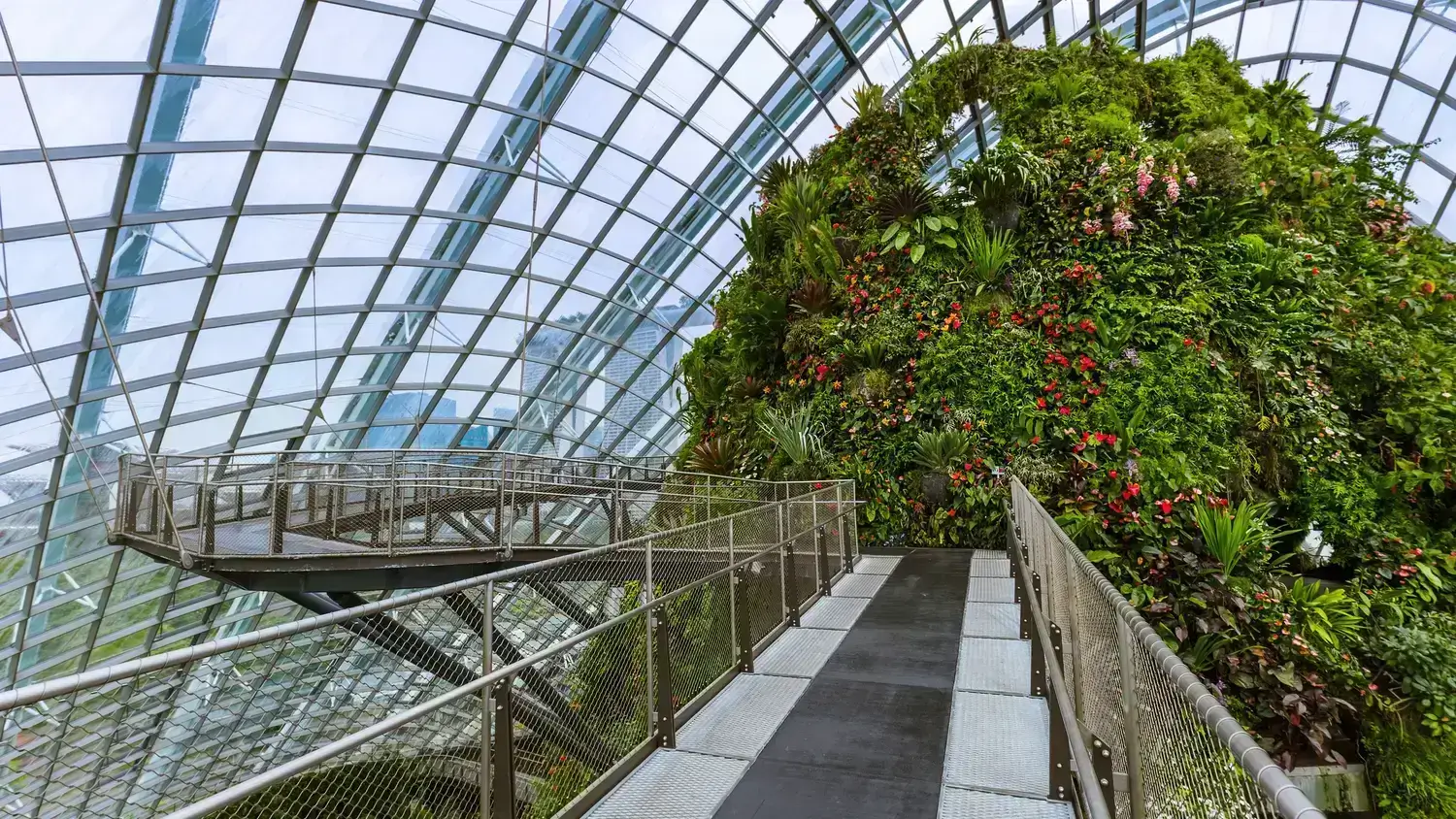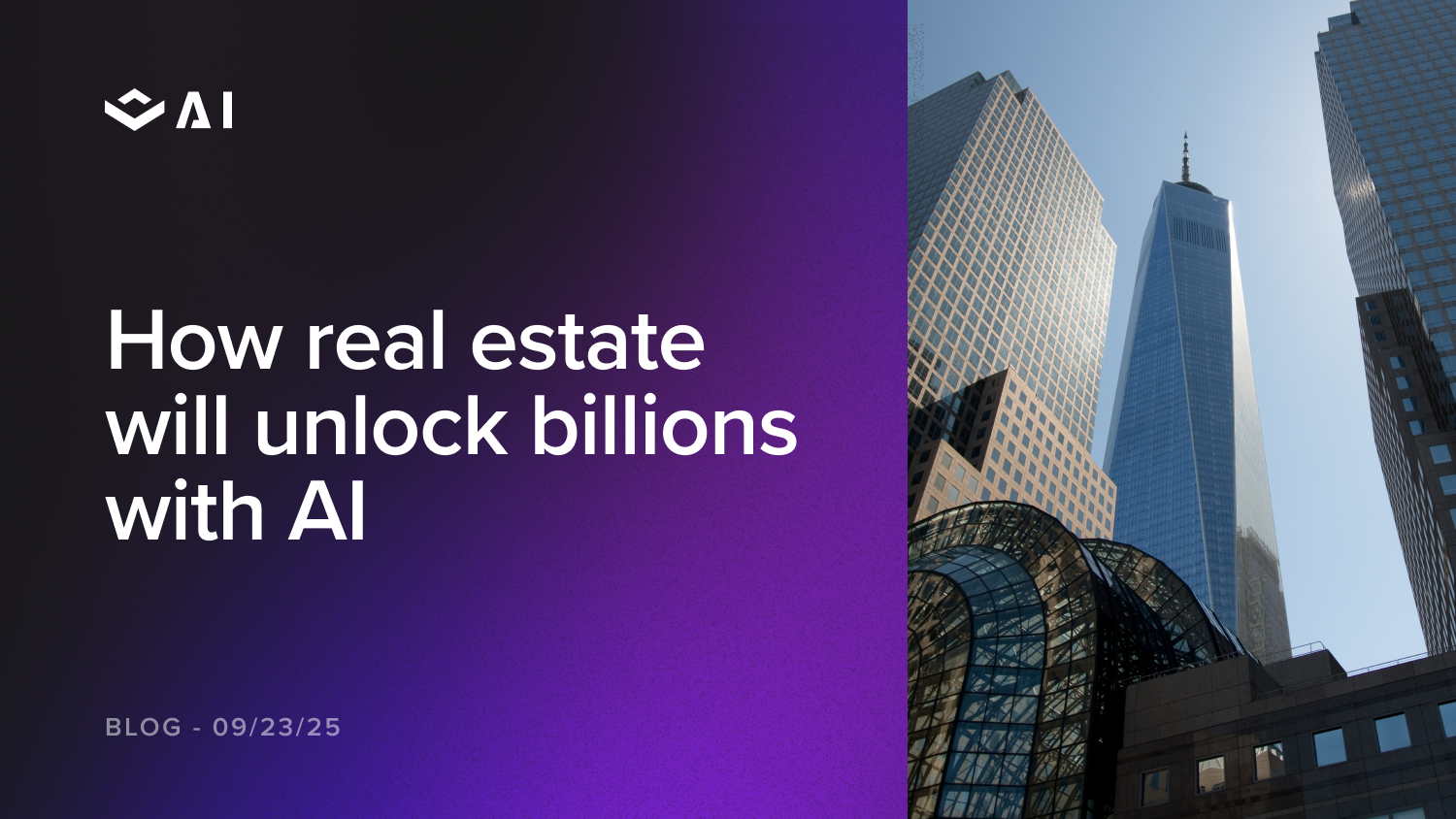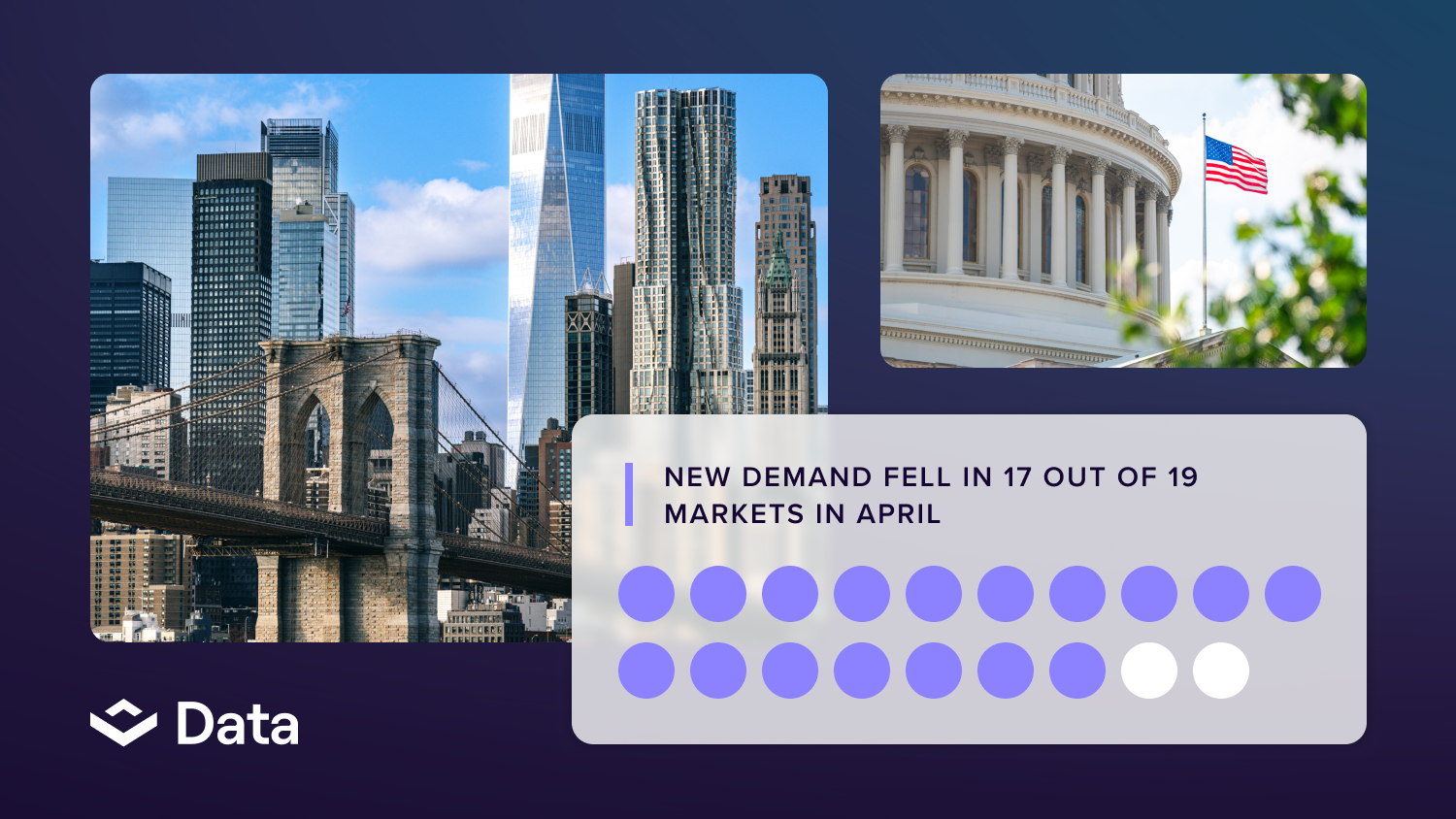
What is LEED certification?
LEED certification stands for Leadership in Energy and Environmental Design, and it’s a type of recognition given to buildings that demonstrate eco-friendly, sustainable practices during their construction and ongoing lifecycle. Both residential and commercial properties qualify, as well as upgrades and build-outs (not just new construction). It’s a highly adaptable system that promotes better building practices across the world —167 countries and counting!
Developed in 1993 and piloted in 1998, the U.S. Green Building Council (USGBC) set out to develop a standard for measuring sustainability and reducing the environmental impact within the construction industry. Construction generates over half a billion tons of waste annually, and LEED-certified buildings help counteract this damage since they operate with a reduced footprint.
LEED-certified buildings share a focus on:
- Energy efficiency and resource monitoring
- Providing a healthy, clean space for all visitors and staff
- Encouraging mass transit and accessibility
- Reducing waste and pollution
- Responsible land use and construction practices
- Using the environment to enhance design (natural light, for example)
There’s a reason LEED is a household name in sustainability —if being green is important to you, getting certified is a great way to stand out in your industry and community.
What are LEED certification levels?
While LEED-certified buildings share similar initiatives, there are four distinct levels of LEED certification. Levels are based on a point system awarded for overall adherence to the USGBC’s sustainability practices. The highest score that can be awarded is 110 points. Essentially, the more eco-friendly the building, the more prestigious the certification.
The four certification levels include:
- LEED Certified (40 to 49 points)
- Silver Certification (50 to 59 points)
- Gold Certification (60 to 79 points)
- Platinum Certification (over 80 points)
There are also unique rating systems based on the type of building project (residential development, for example), but they all ladder up to the same four levels of LEED certification.
How to get certified
1. Get familiar with the guidelines for the assessment
Before you embark on your application, it’s a good idea to familiarize yourself with all the factors your LEED assessor will be grading. You’ll also need to choose your target certification level (they provide a helpful tool to help you select the best fit).
If you’re still in the construction phase, this is also an appropriate time to adapt design plans to reflect the certification level you’re trying to achieve. Likewise, surround yourself with professionals who are well-versed in LEED certification and what the application entails. You’ll want a team who understands what you’re trying to achieve.
2. Consider the cost of certification
That’s right, the title of a LEED-certified building comes with a price tag. There’s a sliding scale, but fees are hefty regardless. At minimum, you’ll pay $2,900 for the certification process, and fees can skyrocket to over a million dollars for bigger projects. There’s a flat fee to kick off the certification process, and you’ll also owe a registration fee to get started. On average, after initial fees, applicants can budget for $0.0014-0.0057 per square foot.
You may not need to bear the financial burden alone, though — as of 2021,120 cities across 16 states in the U.S. offer incentive programs to offset costs. The USGBC breaks down all the expected costs on their website, which can help you budget for the certification process.
3. Register your building project online
The LEED certifications application process is lengthy but has the benefit of being entirely online. Begin by registering your project on their website (LEED Online) and identifying which rating system applies to your project. There are five different types:
- Building Design and Construction (BD+C)
- Interior Design and Construction (ID+C)
- Building Operations and Maintenance
- Neighborhood Development
- Homes
This page on the USGBC website breaks down all the specifics of each building category to help you choose.
4. Gather all the necessary information for your application
This is the step where you provide proof. After all, anyone can say they’re eco-friendly and meeting sustainability standards! LEED certification assessors want to review cumulative data and documentation to legitimize your score. You’ll likely already have systems in place to capture this data on a regular basis, but it’s in your best interest to triple-check your reporting. These data points are critical to your overall scoring and level placement.
5. Submit your application
Once you’ve gathered all your necessary materials, it’s time to submit your data for the initial review. From here, the USGBC’s Green Building Certification Institute will start their process. Applicants typically hear back on next steps in about a month (20 to 25 business days).
Depending on whether you’re applying for certification in Design or Construction (or both), this review period may be divided into multiple parts.
6. Receive your LEED certification visit
The final step! When the internal review process is complete, the USGBC relays applications to an independent third party for a final inspection. From there, you’re granted the appropriate level of LEED certification.
The application process for LEED certification may be substantial, but the rewards are clear: LEED is the gold standard in environmental sustainability. Carrying a certification title helps properties stand out in their market as front-runners in eco-friendliness, clean design, and care for their community.






